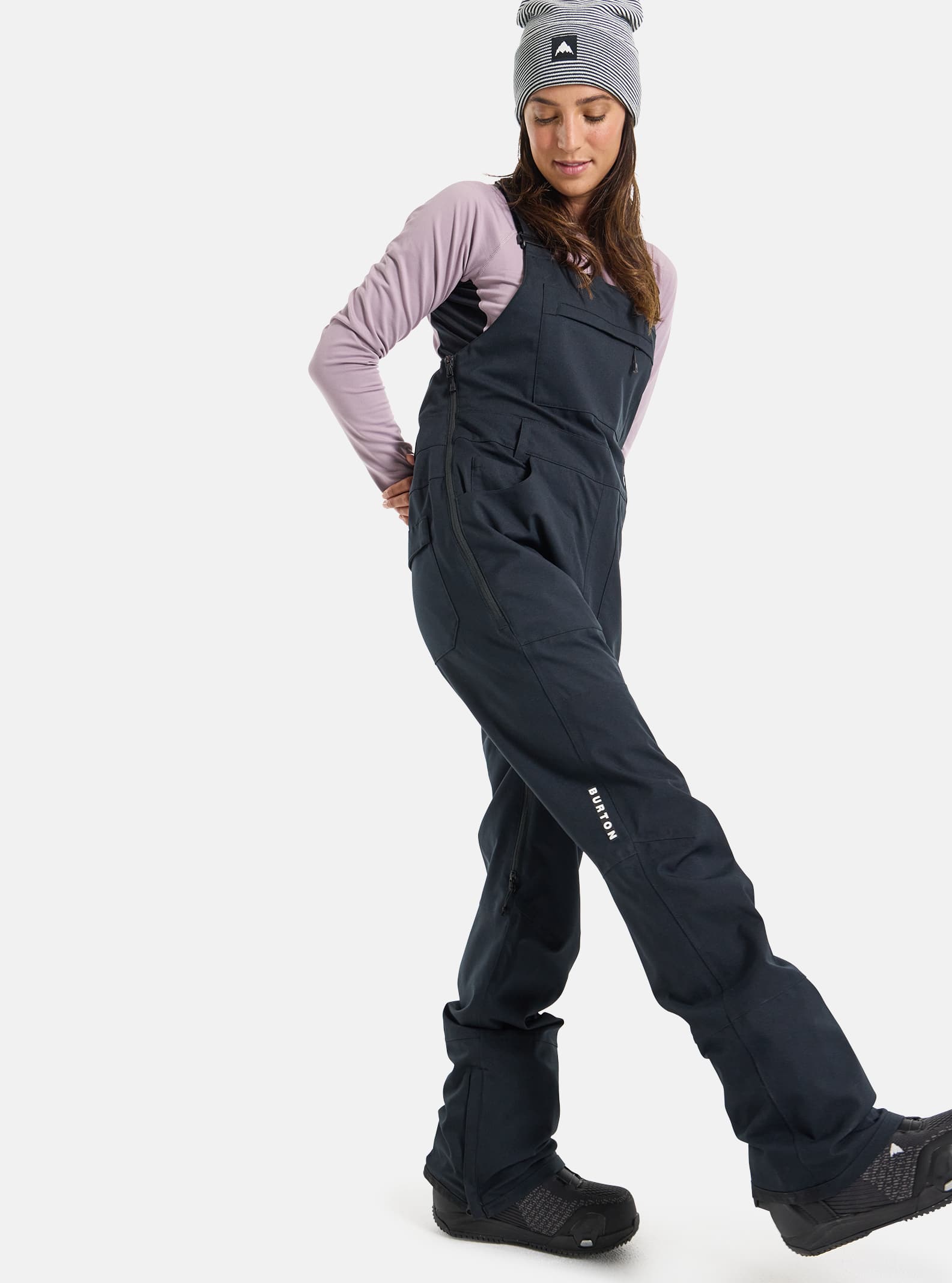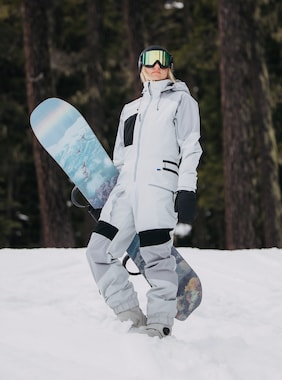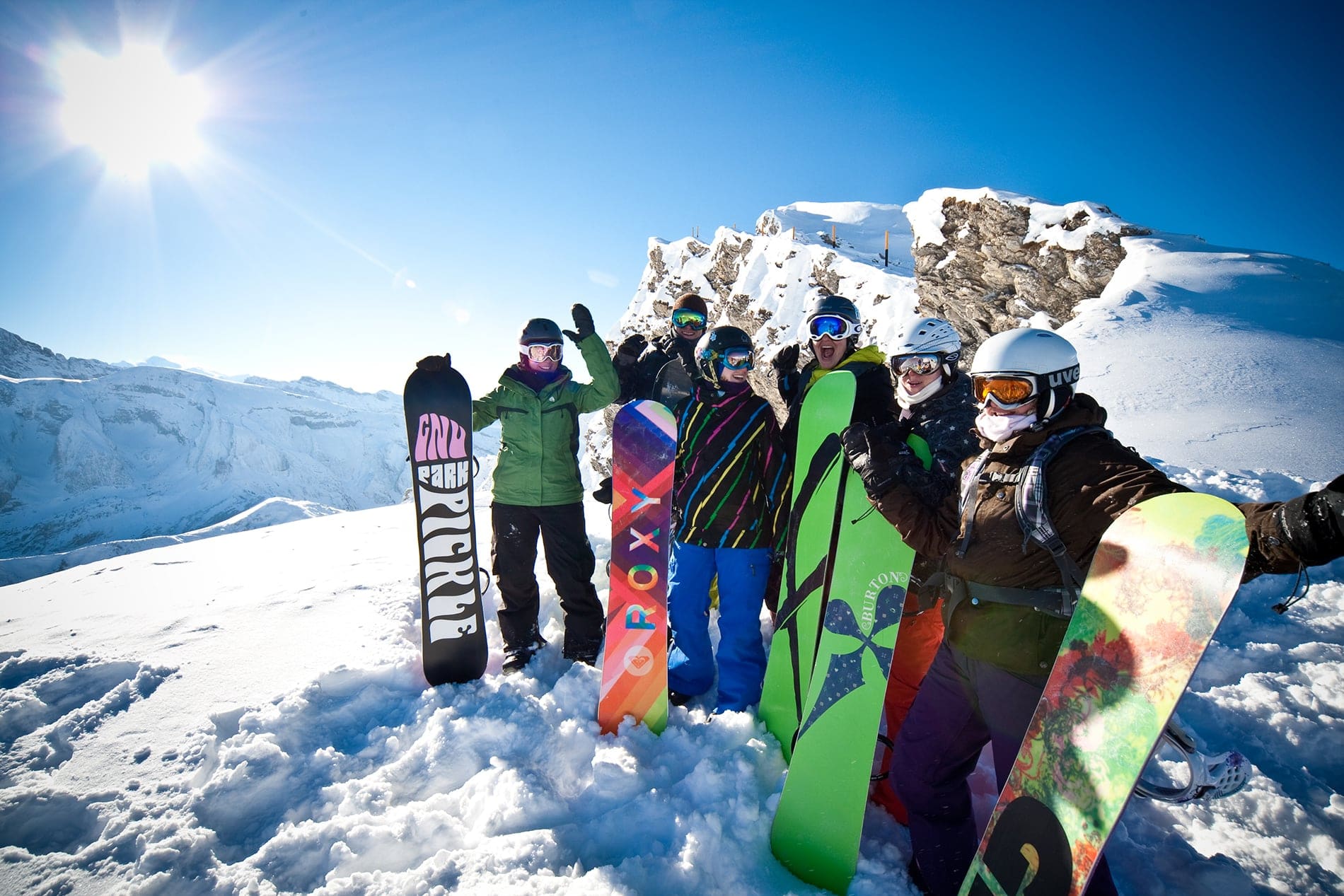
Cross country skiing is an enjoyable, low-impact sport that can be enjoyed by all ages. Because cross country skis use all major muscle group and are aerobic, they can be a great exercise option. It is easy to get started. Just make sure you have the right equipment.
The first thing to do is choose a ski and binding that fits your body. If you're a beginner, it might be worth looking at ski poles and boots. It is important to consider the type of terrain you wish to ski on. Flat terrain is the best for beginners.
Balance is the most important thing about skiing. Balance is essential for controlling your body. To help you achieve this, bend your knees at the hips. This gives you better control and can also prevent injuries.

Another aspect to consider is the type of wax that is used for your cross country skis. There are several types of wax: glide wax, grip wax, and even glide wax. Glide wax is good for downhill skiing, while grip wax is for uphill skiing.
When selecting cross country skis, it is important to consider your skiing style. There are two main styles: classic and skate. Skate skiing, on the other hand, is done on groomed tracks.
Skiers that are both short and broad should be used by beginners. These skis will give you a better grip and help prevent you from getting hurt. Make sure the skis are at least 5cm wider than you are. You should increase the skis' length if you are larger than you are.
Wear gloves that keep you warm. A pair of warm socks is also a must. Blisters can happen if your feet become too cold. Layers are also a good idea. Start by wearing a lightweight outer layer that will protect you from wind, then a breathable inner layer.

Also, it is a smart decision to purchase a pair of quality ski poles. A good pair of poles can be adjustable, so you can adjust their length to suit your needs. You should keep your poles close enough to your body that they don't swing around.
A pair of boots should be comfortable. Shoes that are too tight can cause blisters. You should look for boots that are warm and spacious for your feet. Choosing the wrong boots can prevent you from getting the most out of your cross-country experience.
Finally, don't forget to pack a small rucksack and a flask of tea. Your legs will sweat, so you'll need breaks. You will need to cool off after a long day.
FAQ
Should I purchase travel insurance?
Travel insurance is important if your plans include adventure travel. In fact, you should make sure that you get cover for all types of adventure sports.
You should make sure you have insurance if you ski. Also, you should consider getting insurance for theft, loss, or damage.
You should also consider buying cover for cancellation. This will allow you to cancel your holiday with no penalty.
In addition, you should ask for cover for emergency evacuation. In the case of an avalanche and other natural disaster, you can be evacuated from the mountain.
Where can you buy the cheapest airline tickets
If you are looking for the lowest airfares, you may want to consider airlines like Jetstar and Virgin Australia, AirAsia or Tigerair, Malaysia Airlines. Singapore Airlines. Thai Airways International. Korean Air. Philippine Airlines. China Southern Airlines.
If you search online, you will see that some of these airlines give away cheap flight tickets as a promotion.
What should I do with my luggage?
There are many options. You can use lockers at airports as the most common option. These lockers are located in the vicinity of the security area. They can be purchased for between $5-10 per daily, depending upon the size of the locker.
A storage unit can be rented. These units are often located in large shopping centers or hotels. Prices vary, but some places offer discounts for multiple units rented together.
The third option is to rent a porter. The porter will carry your luggage from your carousel to your bedroom. He will charge a small service fee for each trip.
Statistics
- Case in point: the private island of Ilha Caldeira, less than seven miles off the coast as part of the Primeiras and Segundas Archipelago, is located within the marine-protected area with 20 percent of the country's intact living coral. (travelandleisure.com)
- Between the ages of 11 and 13, kids, or tweens, will likely want some autonomy but also need boundaries. (travelandleisure.com)
- You can use compression sacs or cubes to reduce the volume of your clothes by up to 80%—this is especially convenient for bulky items such as sweaters and jackets. (eaglecreek.com)
- Alcoholic beverages with more than 24% but not more than 70% alcohol are limited in checked bags to 5 liters (1.3 gallons) per passenger and must be in unopened retail packaging. (tsa.gov)
- They're also likely to offer babysitting services, in case you'd like to have dinner one night after 7 p.m. (travelandleisure.com)
External Links
How To
How to plan your next vacation
Planning a trip requires many things, such as booking flights and hotels, car rentals, activities, and so on. It involves important considerations like your budget, destination choice, weather forecast, etc.
These are important points to remember when planning your next vacation.
We've created a step by step guide to help you plan your next holiday. This guide has been prepared based on our experience and customer feedback. We hope you find this guide helpful and easy to follow when planning your next vacation.
Steps:
-
Plan your Budget - Planning your budget is one of the most important steps in preparing for a trip. Before you start to think about where to go or what to do, it is important to determine how much money you have available for your trip. If you don’t have sufficient money, you may have to cancel your travel plans.
-
Book Flights – After setting your budget, you must book your flights. You should ensure that you get the best deal possible at the lowest price. You should also check to see if any airlines offer special deals during specific seasons. These deals could help you save a lot of cash.
-
You can choose your destination - Once you have purchased your ticket, you need to decide where you would like to go. Multiple factors play into the decision of where to go, climate (when you can visit), culture (how friendly they are) and cost (how expensive it is).
-
Find Accommodations - After choosing your destination, the next step would be finding accommodations. Various accommodation options are available, ranging from cheap hostels to luxury suites. Your needs and preferences will determine the type of accommodation that you choose. If you're looking for an area close to downtown, a hotel may not be the right choice. If you prefer quiet, peaceful places, a homestay may be the best option.
-
Select Activities & Attractions: Now that you have selected your accommodation, it is time to decide which activities and attractions to include in the itinerary. Depending upon the length of your stay you have two options: choose just a few activities, or add many more to your itinerary.
-
Plan Your Trip - Once you have decided on the attractions and activities you want to include, you can now plan your itinerary. It is important to stick to a schedule in order for maximum enjoyment of your trip. It's okay to be flexible and enjoy your vacation more.
-
Create an Itinerary - An itinerary is a list of all information related to your trip. Write down all details about your trip, including flights, accommodation, activities, and restaurants.
-
Research online - Make sure you do your research before you leave for your trip. You can read reviews and testimonials about other destinations to get their opinions. This will help you plan.
-
Don't Overpack - This is one of the most common mistakes people make when packing. Do not bring more than three sets of clothes. Consider bringing clothing that's appropriate for the region.
-
Be prepared. Make sure you have everything prepared before you go. You don't want your trip to be ruined by searching for vital documents while you're in transit.